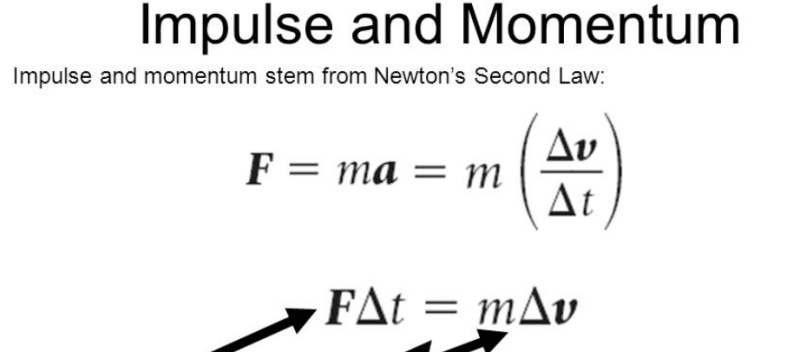Hello,
I am analyzing a structure that it's going to be transported by road and by airplane.
Following standards we saw that normally for these transports the structure shall support at maximum 2.2g in all directions.
Hence, the structure was designed to withstand up to 3g (4g in best-case scenario) in all directions.
The thing is that now an enterprise told us that we should put stickers that detect up to 10g acceleration. They told us that this can happen when the structure is in a forklift and it passes through a hole or a bump, or in this kind of operation.
My question then is : Should I be worried about these loads ? I mean the duration is really short and, consequently, I don't think it is relevant to be considered as a potential failure.
Thank you in advance !
Cordially,
EC
I am analyzing a structure that it's going to be transported by road and by airplane.
Following standards we saw that normally for these transports the structure shall support at maximum 2.2g in all directions.
Hence, the structure was designed to withstand up to 3g (4g in best-case scenario) in all directions.
The thing is that now an enterprise told us that we should put stickers that detect up to 10g acceleration. They told us that this can happen when the structure is in a forklift and it passes through a hole or a bump, or in this kind of operation.
My question then is : Should I be worried about these loads ? I mean the duration is really short and, consequently, I don't think it is relevant to be considered as a potential failure.
Thank you in advance !
Cordially,
EC

